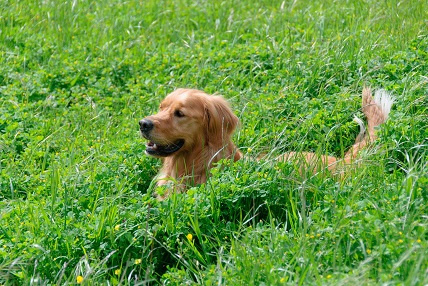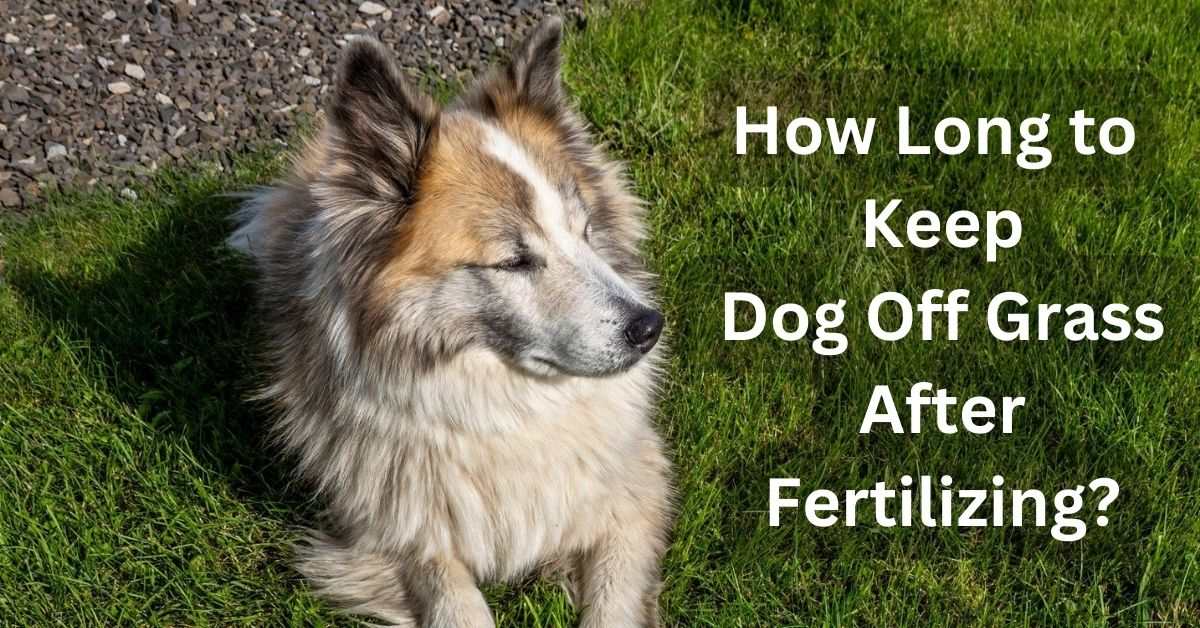“When it comes to the question of “how long to keep your dog off the grass after fertilizing,” it’s important to consider both the safety of your pet and the health of your lawn. Keeping your dog off the grass for a specified period after fertilizing is crucial to avoid any potential harm to your furry companion and ensure that the fertilization process can be effective. As a responsible pet owner, it’s important to understand the recommended time frame for keeping your dog off the grass after fertilizing.”
How Long to Keep Dog Off Grass After Fertilizing
Caring for a lawn involves various maintenance tasks, including fertilization. However, pet owners must understand the importance of keeping their dogs off the grass for a certain period after fertilizing to ensure their safety and the health of the lawn. This article will discuss the recommended time frame for keeping your dog off the grass after fertilizing and why it’s necessary.
Why is it Important to Keep Dogs Off Grass After Fertilizing?
Fertilizers are essential for the growth and maintenance of a lawn, but they can be harmful to pets if they ingest them. The chemicals in fertilizers can irritate a dog’s mouth, throat, and digestive system, and in severe cases, it can lead to poisoning. To avoid these adverse effects, it’s important to keep dogs off the grass after fertilizing until you can absorb the chemicals into the soil.
Recommended Time Frame for Keeping Dogs Off Grass After Fertilizing
The recommended time frame for keeping dogs off the grass after fertilizing varies depending on the fertilizer used and the lawn conditions. However, a general guideline is to keep dogs off the grass for 24 to 48 hours after fertilizing. This allows the chemicals to be absorbed into the soil and reduces the risk of dogs ingesting fertilizers.
Tips for Keeping Dogs Safe During and After Fertilizing
- Keep dogs indoors during the fertilization process.
- Wait until the fertilizer has been fully absorbed into the soil before allowing your dog back onto the grass.
- Wash your dog’s paws after they come into contact with the fertilizer to remove any residue.
- Use pet-friendly fertilizers that are safe for dogs and other pets.

In conclusion, keeping dogs off the grass after fertilizing is essential for their safety and lawn health. The recommended time frame for keeping dogs off the grass after fertilizing is 24 to 48 hours, but it may vary depending on the type of fertilizer used and the lawn conditions. By following these guidelines and tips, pet owners can ensure a safe and healthy lawn for their pets and themselves.
FAQs
The recommended time frame for keeping dogs off the grass after fertilizing is 24 to 48 hours. This allows the chemicals in the fertilizer to be absorbed into the soil and reduces the risk of dogs ingesting it.
Yes, fertilizers can be harmful to dogs if they ingest them. The chemicals in fertilizers can irritate a dog’s mouth, throat, and digestive system, and in severe cases, it can lead to poisoning.
Yes, pet-friendly fertilizers are a safe option for pet owners. These fertilizers are specially formulated to be safe for pets and other animals.
Yes, dogs are safe to be on the grass after the recommended time frame of 24 to 48 hours. By that time, the chemicals in the fertilizer would have been absorbed into the soil, reducing the risk of dogs ingesting it.
If you suspect your dog has ingested fertilizer, it is essential to seek immediate veterinary care. Ingesting fertilizers can harm dogs, and prompt veterinary attention is crucial to prevent any adverse effects.
